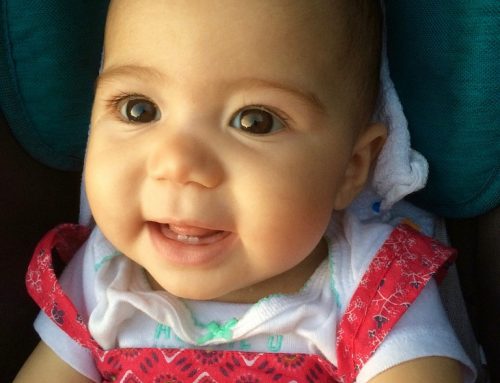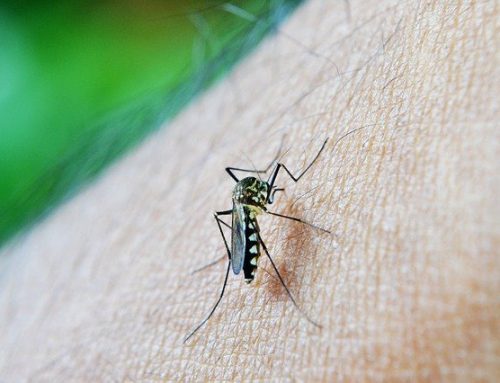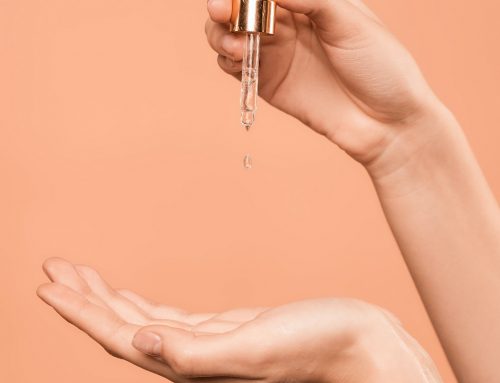Once your child becomes mobile, he is going to explore things and places around him. As he starts running and jumping around, some minor cuts, grazes and bruises are common. This post is about how to administer first aid for bleeding in case of minor or severe bleeding.
First aid for bleeding from minor cuts or bruises
If the cut or bleed is minor, clean it under running water for 5-10 minutes. Pat dry using a sterile material or clean cloth. You can cover the wound area with sterile gauze or dressing.
Most of the minor cuts/bruises do not require medical attention and heal on their own. If the cut is big/deep or there is a possibility of infection due to an open wound, visit a doctor.
First aid for severe bleeding
If the bleeding from a wound is profuse and does not stop on its own, it can be severe. Clean your hands before handling an acute bleed, because an open wound can quickly get infected. Use gloves if possible.
Please do the following in case a baby has severe bleeding:
- Try to remove clothes on the wounded area, or cut them off if possible
- Check if any object in the wounded area
- DO NOT REMOVE any object lodged in the wounded area (it may plug the blood flow)
- Applying pressure to stop blood flow:
- Use a sterile pad, clean cloth pad or your cleaned fingers directly
- If an object in the wound: apply pressure on both sides of the object
- If no object in the wound: apply pressure directly to the wound
- Apply sterile dressing/clean non-fluff cloth dressing on the wound to control bleeding
- Secure dressing firmly with a bandage*
- **Check circulation beyond the bandaged area
- 1st dressing soaks in blood: apply and secure 2nd dressing on top of the first
- 2nd dressing also soaks in blood: remove both; apply & secure a clean dressing again
- Repeat #5-#9 as required
Note: *Ensure bandage is firm but not so tight to restrict circulation.
**Press skin or nail beyond the bandaged area. Keeping pressing for around 5 seconds. Once you stop pressing, if the colour of the pinched area does not return within 2 seconds, the bandage is too tight. Loosen it a bit and test circulation again.
Preventing and treating shock in case of severe bleeding

source: https://goo.gl/yXKuLP
Severe blood loss can result in the body going into life-threatening shock. Lay the baby down on back on a rug or blanket to prevent feeling cold. And raise legs above the heart level (8-12 inches above). If a wound is on legs, do not raise the legs. If you see signs of the baby going into shock, treat for shock until medical help is available.
Take baby to the nearest casualty or call for medical help to treat severe bleeding. Keep the phone on loudspeaker mode when dialling for help so that you can continue with first aid.
Monitor bleeding child till medical help is available
Till medical aid is available, please monitor the following when handling severe bleeding:
- Keep the injured area supported
- Check blood circulation near the affected/dressed up area every 10-15 minutes
- Monitor baby for signs of shock, treat for shock if required
- If the baby is unresponsive or not breathing, be prepared to start CPR
If the child is breathing and bleeding is under control, you can keep him in the recovery position.

Infant recovery position source: https://goo.gl/Y7zU3P

Child recovery position source: https://goo.gl/9r7vNY
Precaution when administering first aid for bleeding
Maintain following precautions when administering first-aid for bleeding:
- Clean hands thoroughly while applying pressure or dressing the wound
- Cover open wounds, if any, on your body before administering first aid
- Wear gloves if possible





I’ve read some good stuff here. Definitely worth bookmarking for revisiting. I surprise how much effort you put to make such a excellent informative website.